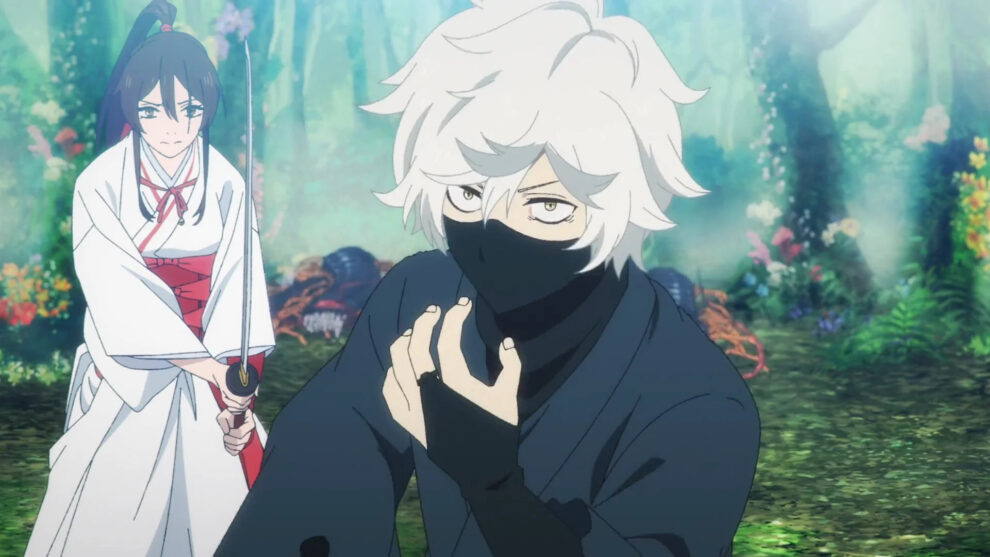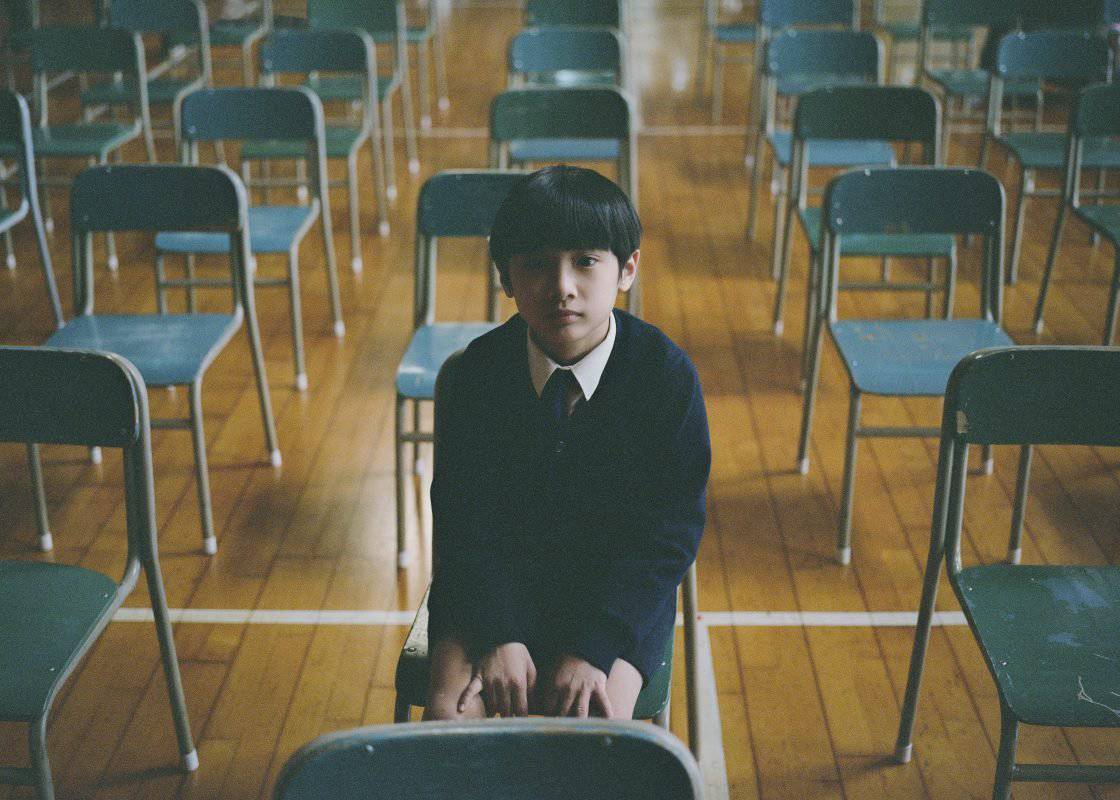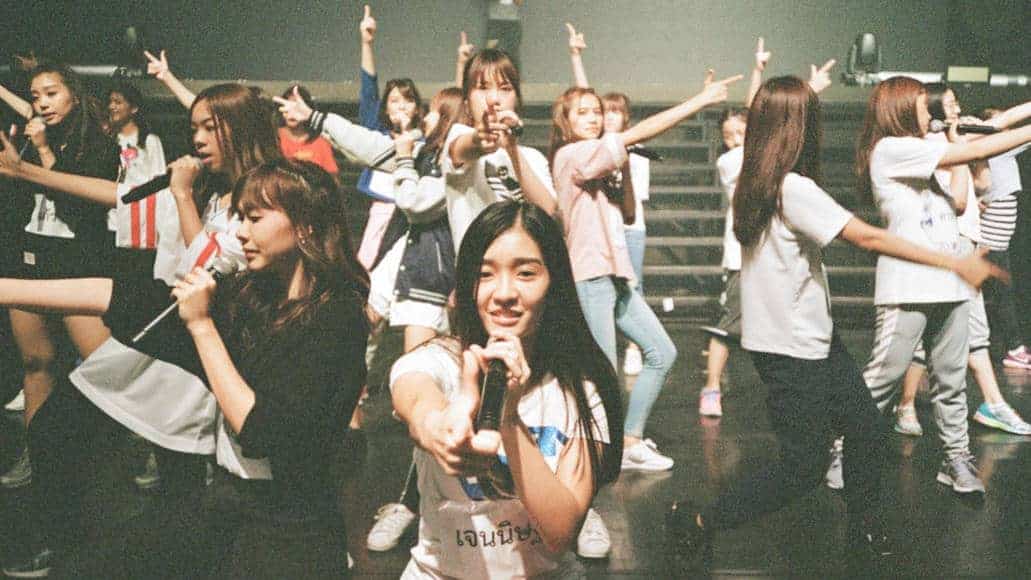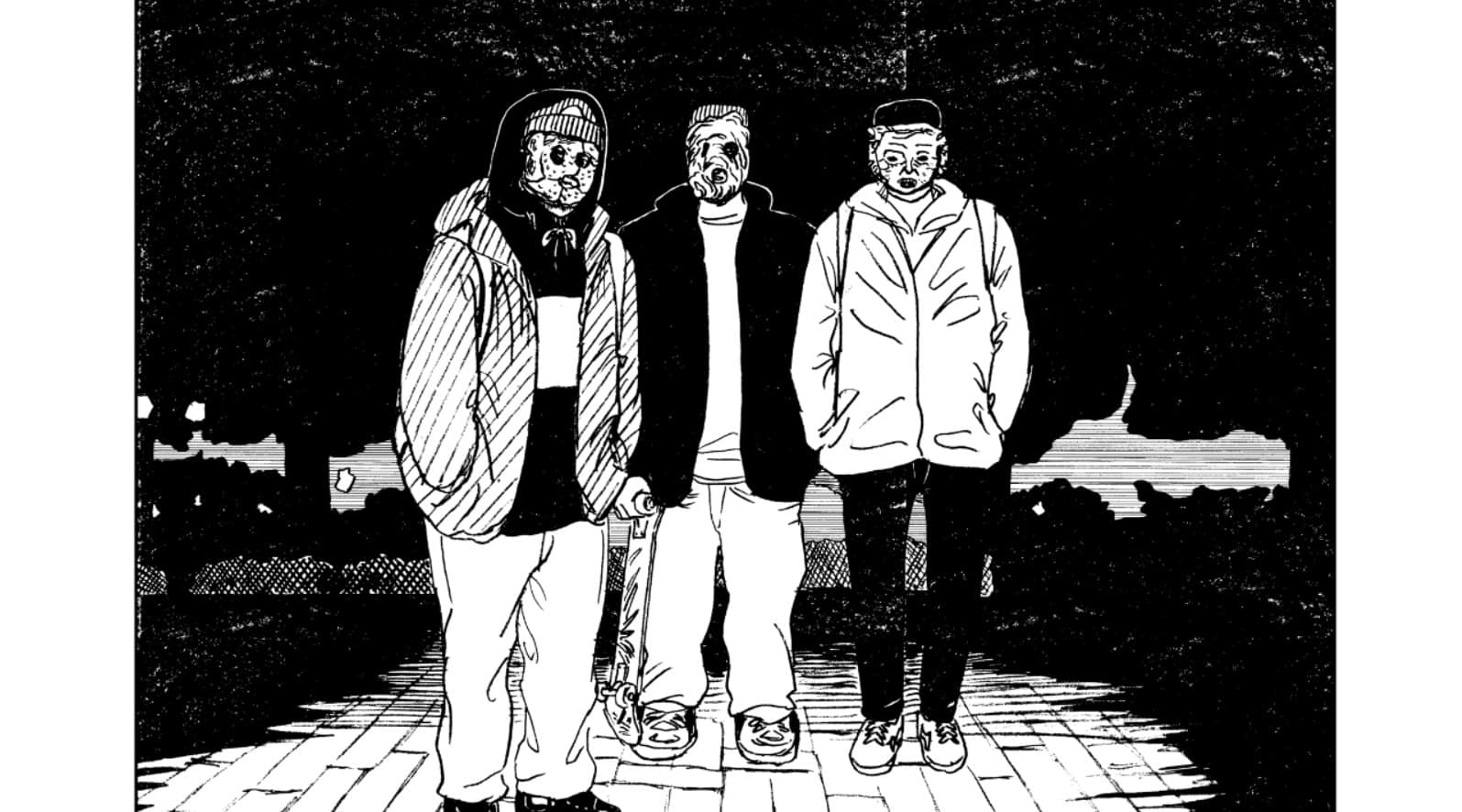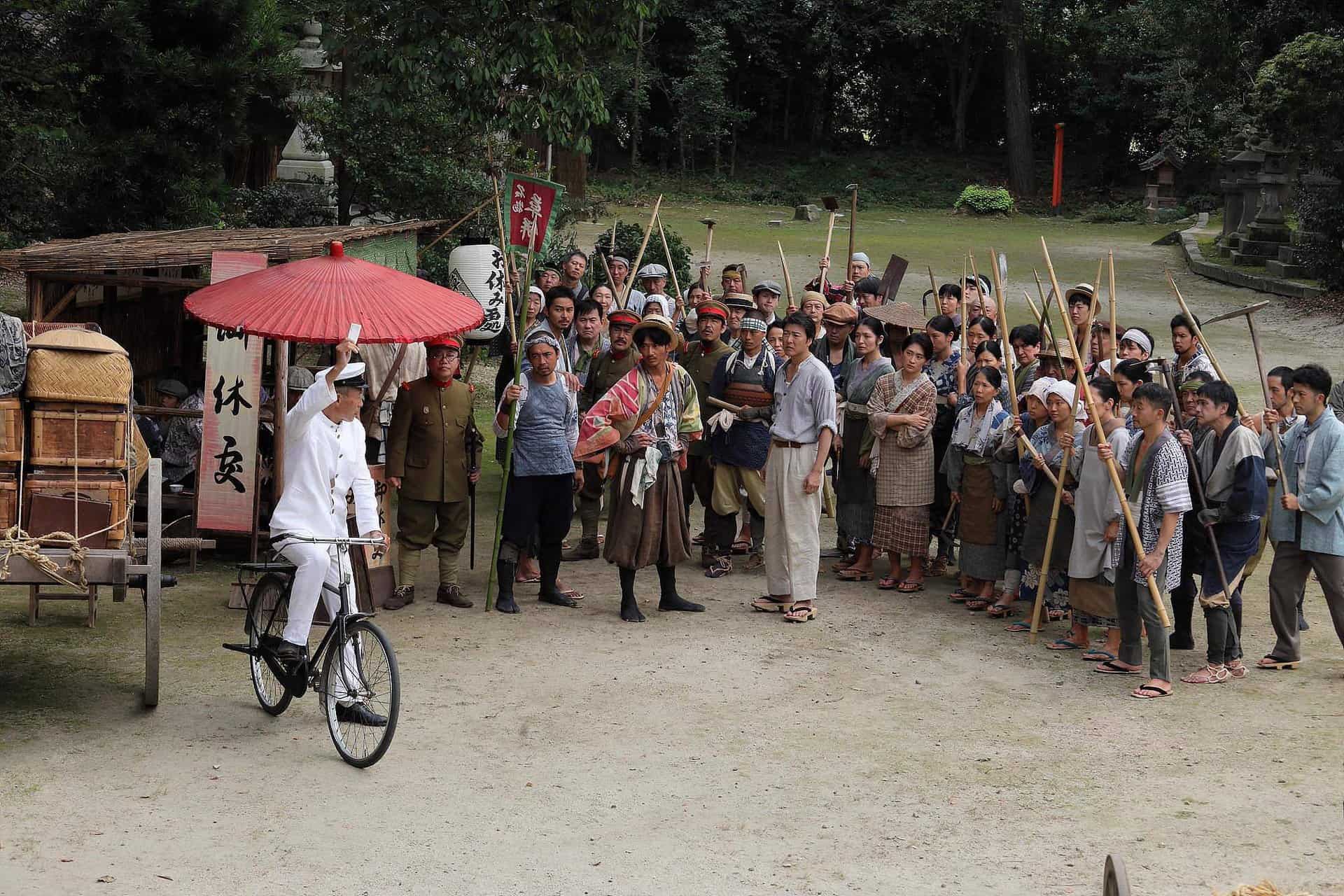Probably the most popular new shonen anime this year so far, “Hell's Paradise” follows the rules of the samurai/ninja category, but also functions as a homage (takes many loans if your prefer) from a number of other famous titles (not just anime), which, in combination with a series of other aspects, makes it quite unique.
Watch This Title on Crunchyroll
by clicking on the image below
Gabimaru reigns as the strongest and most ruthless murderer in his village of ninjas who specialize in assassinations. Eventually, he is captured by the Shogunate forces and is sentenced to be executed. However, nothing seems to be able to penetrate his superhuman body, much less kill him. During a number of different efforts, a lone woman is witnessing what is happening, and is later revealed to be executioner Yamada Asaemon Sagiri, of the famous Yamada family of executioners, who is there to find a way to finally end his life. The young girl, who does face a number of issues of her own, after learning that Gabimaru is driven to change himself due to his love for his wife, offers him the chance to be pardoned of all crimes by the Shogunate if he finds the elixir of life on Shinsenkyo, a legendary realm recently discovered southwest of the Ryukyu Kingdom.
After losing five expedition teams sent to the island, this time the Shogunate sends a group of death row convicts. The convicts are each given a Yamada Asaemon executioner, who they must return with in order to obtain the pardon. However, there are a number of twists to the deal. Only one convict can get the elixir and, thus, the pardon, while the island is soon revealed to be infested with terrifying monsters, not to mention bugs whose stings poisons its victims filling them with flowers that cause them to die eventually. Gabimaru and the rest of the convicts must both find the elixir and survive in this hellish setting, while a number of them also have in their mind that they need to be the last ones standing.
Check also this interview
“Hell's Paradise” thrives on a number of levels, but let us start with the aforementioned “loans”. The concept of the family of executioners reminds of “Lone Wolf and Cub”, while the death row prisoners group that are tasked with the mission, of “Seven Samurai”. The whole concept of the flowers growing off people points towards “MPD Psycho”, while the creatures they stumble upon will definitely remind the viewers of “Attack on Titan” and “Terraformars”, with the whole humanoid bugs concept, while a number of characters, both good and villains, point towards “Bleach” and “Naruto”, with the ninja ones, definitely towards the second.
Apart from those, however, the anime thrives on its characters and their interconnections. Gabimaru emerges as a rather interesting one, as the memories and thoughts of his wife tame his extremely violent nature. The same applies to Sagiri, who is the frequent recipient of prejudice from her all-male family, to the point that she has formed a number of complexes that strip her from exhibiting her true potential. Furthermore, the antithesis of the two, and the fact that, as time passes, it becomes obvious that a sympathy is formed and that their interactions improve them both, emerges as one of the best traits of the whole season.
Toma and Chobei, two brothers on opposite sides of the law, form another rather intriguing pair. The latter, a violent leader of a gang of bandits, is accompanied by the former, an executioner. Despite their opposing roles, it becomes evident that Toma looks up to his older brother. Shion, the blind executioner, his student, Tenza, and Nurugai, the last of the Sanka people also eventually form a very interesting trio. Lastly, Yuzuriha, a rather sultry kunoichi that seems to help only when it is convenient, and Tamiya, a rather noble but also quite strong fighter, conclude a truly great collection of characters.
As time passes, and stronger and stronger opponents appear, along with a mysterious little girl named Mei, the characterization becomes even better, as the foes are equally interesting, while every answer the protagonists get, seems to give birth to even more questions, in an aspect that definitely adds to the depth of the story, while also making a number of sociopolitical and philosophical comments regarding the era. For example, it becomes evident that the shogunate actually exploits the convicts, while the fact that the enemies in the island expect the intruders with open arms, adds more to the whole exploitation factor here. The concepts of friendship, comradeship, love, mental manipulation, and how doing good can result in a number of benefits are also presented throughout the series, adding even more to the contextual depth here.
The artform, however, is at least equally astonishing. Akitsugu Hisagi's character design is splendid, creating a number of characters that look radically different from each other, despite their number and the fact that the executioners are all wearing the same attire. That the variety extends to both bodies and faces adds even more to the prowess of the particular aspect. Furthermore, there is also an intense sense of sensuality here, that begins with Yuzuriha, continues with Sagiri's thoughts of bondage and concludes with the Tensen, whose hermaphrodite nature results in a number of subtle (or not so much) titilating scenes, completes this factor. It is impressive, however, that perhaps with the exception of Yuzuriha, the rest are well embedded in the narrative, and would be very difficult to describe as fan service. Lastly, the rather colorful and detailed depiction of monsters, the fauna and the flora of all the island, all of which end up emitting some sort of danger, is also exquisite, with the title easily earning the title of ‘eye candy'.
The animation by MAPPA is also top-notch as usual, with the movement of the characters being realistic during the calm moments, and rather impressive during the fights, where the flow and the speed of the characters reach the highest levels. Also of note are the initial execution efforts, whose presentation, despite the evident grotesqueness, manages to be also humoristic and educational, in another great aspect of the anime.
“Hell's Paradise” is a title whose combination of story, characterization, comments, violence, sensuality and technical prowess and beauty make it a masterpiece of the category, a title all fans of shonen will definitely enjoy.


